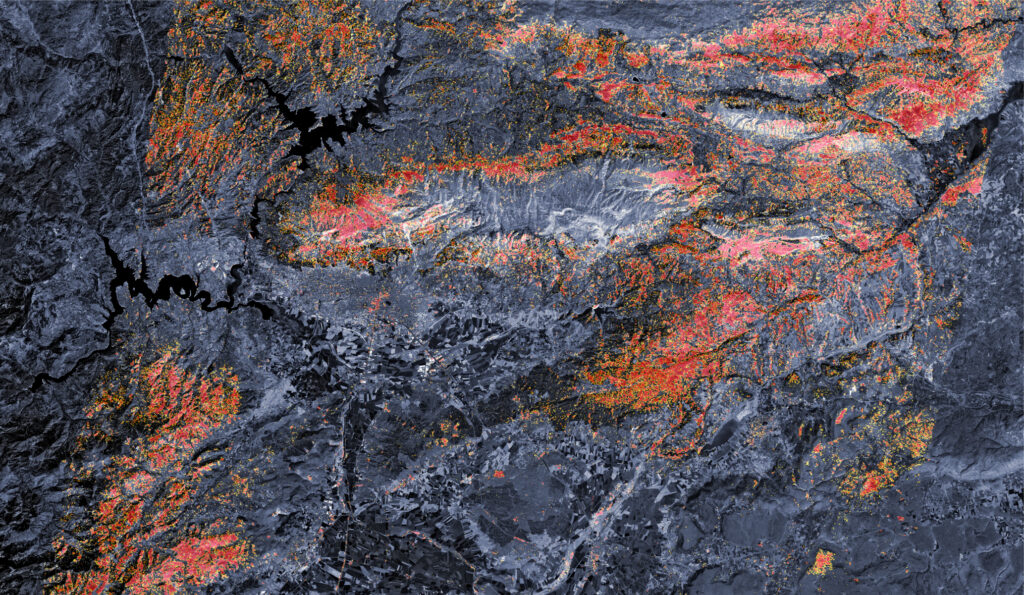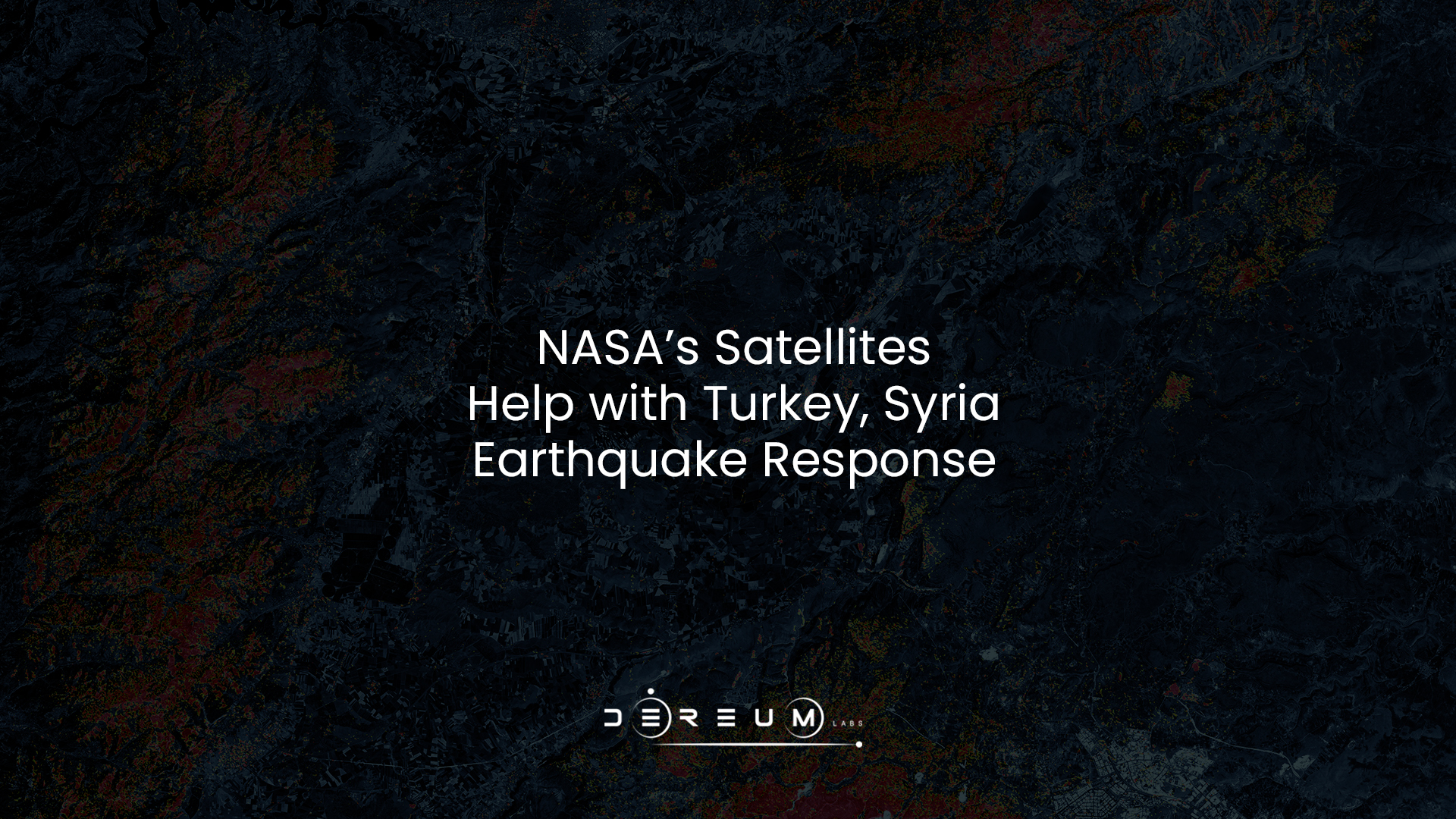UPDATE – Feb. 14: NASA has confirmed that groups in Turkey have been sent FINDER units — a NASA spinoff technology that can detect people trapped under rubble — from SpecOps Group Inc. of Sarasota, Florida. Short for Finding Individuals for Disaster Emergency Response, the units were on the way as of Feb. 12. NASA’s Jet Propulsion Laboratory in California, worked with the Department of Homeland Security to construct the original prototypes before licensing them to SpecOps.

Feb. 10: Following the magnitude 7.8 and 7.5 earthquakes that struck southern Turkey and western Syria Feb. 6, NASA is working to share its aerial views and data from space in ways that can aid relief and recovery workers in the region, as well as improve its ability to model and predict such events.
“NASA’s hearts and minds are with those impacted by the earthquakes in Turkey and Syria,” said NASA Administrator Bill Nelson. “NASA is our eyes in the sky, and our teams of experts are working hard to provide valuable information from our Earth-observing fleet to first responders on the ground.”
One of NASA’s key capabilities is an expertise with synthetic aperture radar, or SAR. Viewing Earth in all weather conditions, day or night, SAR is used to measure how the ground moves and built landscape changes after this type of event.
Scenes collected before and after the earthquake were used by a team of scientists from the Earth Observatory of Singapore and NASA’s Jet Propulsion Laboratory in Southern California to create something called a damage proxy map for Turkey. These maps compare before and after radar images of a given event to see how the landscape has changed. Members of the disasters program area of NASA’s Earth Science Applied Sciences, as well as it national and international collaborators, make such maps available to a wide range of organizations such as the U.S. State Department, the California Seismic Safety Commission, Miyamoto Global Disaster Relief, and the World Bank.
While NASA members actively participate in coordination calls hosted by the U.S. Agency for International Development (USAID), they also provide observations and maps via their Disaster Mapping Portal.
“NASA takes seriously its obligation to support open science, and make information widely accessible,” said Lori Schultz, NASA’s disaster coordinator for this earthquake. “We don’t know everyone who is using this information or how, but we are fortunate to have heard back from a few groups. For instance, the World Central Kitchen – which is providing food to those who’ve been displaced – have let us know they make use of it.”
In addition to assessing damage, NASA scientists use space- and ground-based observations to improve the agency’s ability to understand related events that cascade from the original natural disaster.
By making use of data from the Commercial SmallSat Data Acquisition program, which acquires observations from commercial satellites to help with NASA’s research goals, as well as from NOAA and international space agencies in Europe and Japan, scientists can spot areas that might be prone to increased landslide risks. Other satellites, such as Suomi-NPP and its nighttime lights observations can show the location of power outages.
While not in use yet, NASA scientists are hoping to add a new tool to assess the aftermath of the quake. The Earth Surface Mineral Dust Source Investigation, or EMIT, instrument was launched to the International Space Station in July 2022. As part of its observations of the composition of material in Earth’s atmosphere, it can assess methane emissions. Attached to the space station, EMIT’s observation times and locations are dictated by the station’s orbit. But when passing over the earthquake site, measurements of increased or new emissions could point to events not otherwise easily spotted from space.
“Relief efforts include tracking cascading disasters, such as natural hazard-triggered technological disasters,” said Shanna McClain, manager of NASA’s Disaster Program. “Damaged infrastructure and pipeline bursts are something we want to identify quickly to protect the health of people nearby.”
EMIT’s ability to help with such efforts are under evaluation, as part of NASA’s constant attempt to improve its observations, models, and analyses. Other such work will continue over the weeks to come, as researchers take information from this event to improve their earthquake simulations – key research models that go into assessing how safe an area is right after a quake. For instance, the East Anatolian fault line that generated this earthquake intersects with others in the region. Better models of land motions around the fault can give scientists crucial insights on whether and where to expect aftershocks.
For more information about NASA’s disaster relief programs, visit:
https://appliedsciences.nasa.gov/what-we-do/disasters
We recommend you: El Curiosity de la NASA halla pistas sorprendentes sobre el pasado acuoso de Marte
Source: NASA

